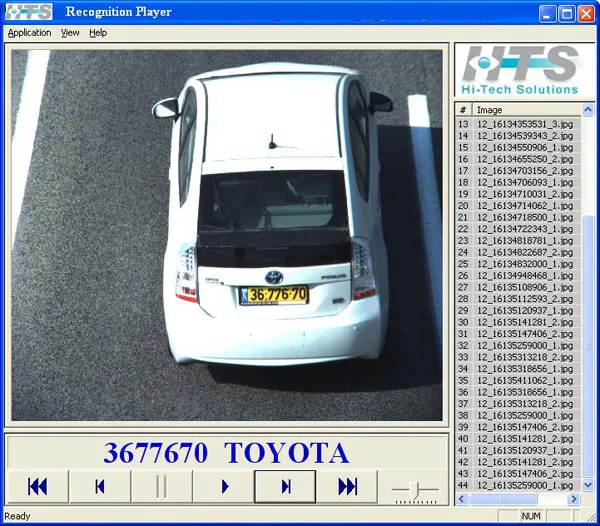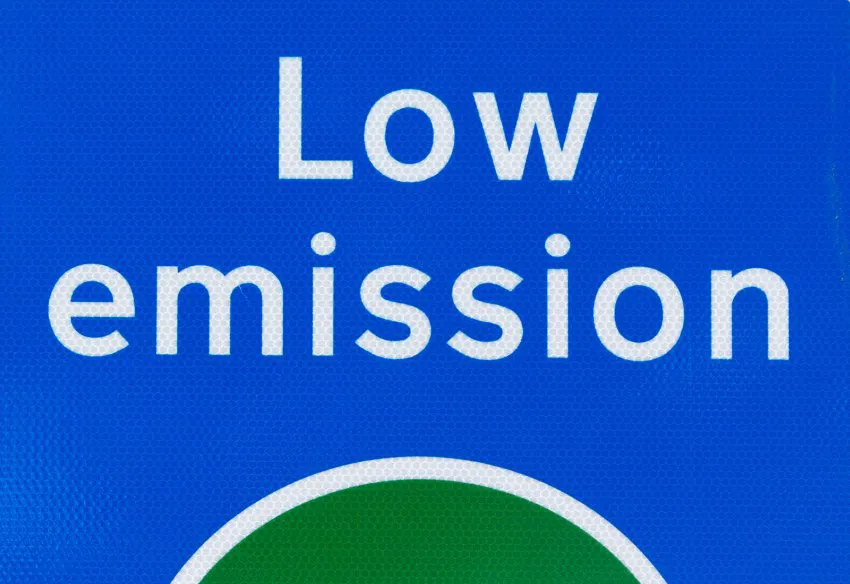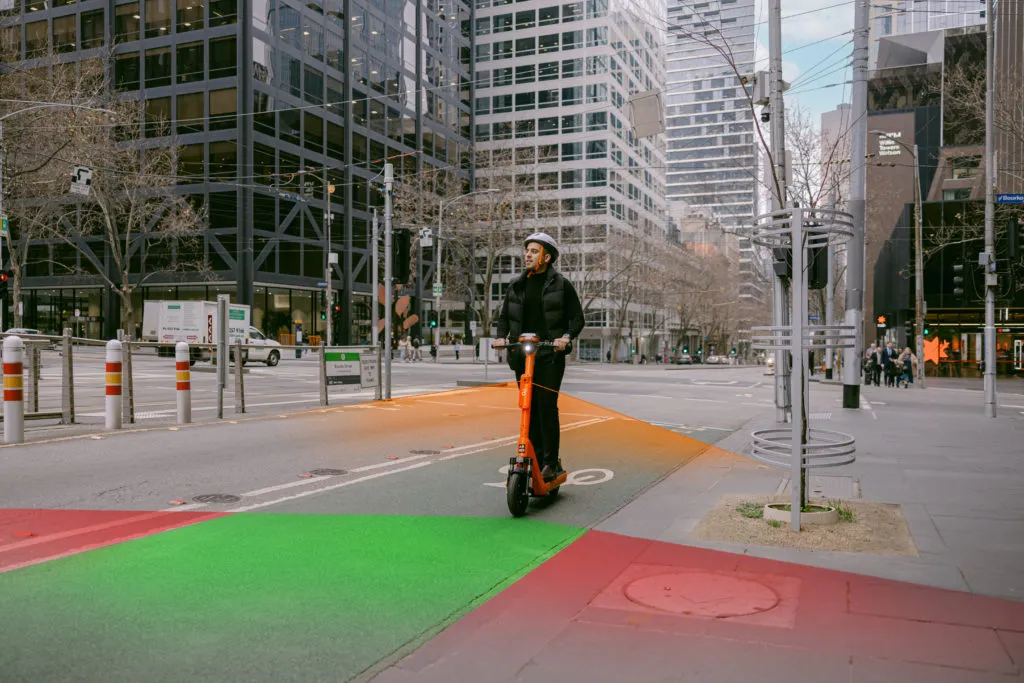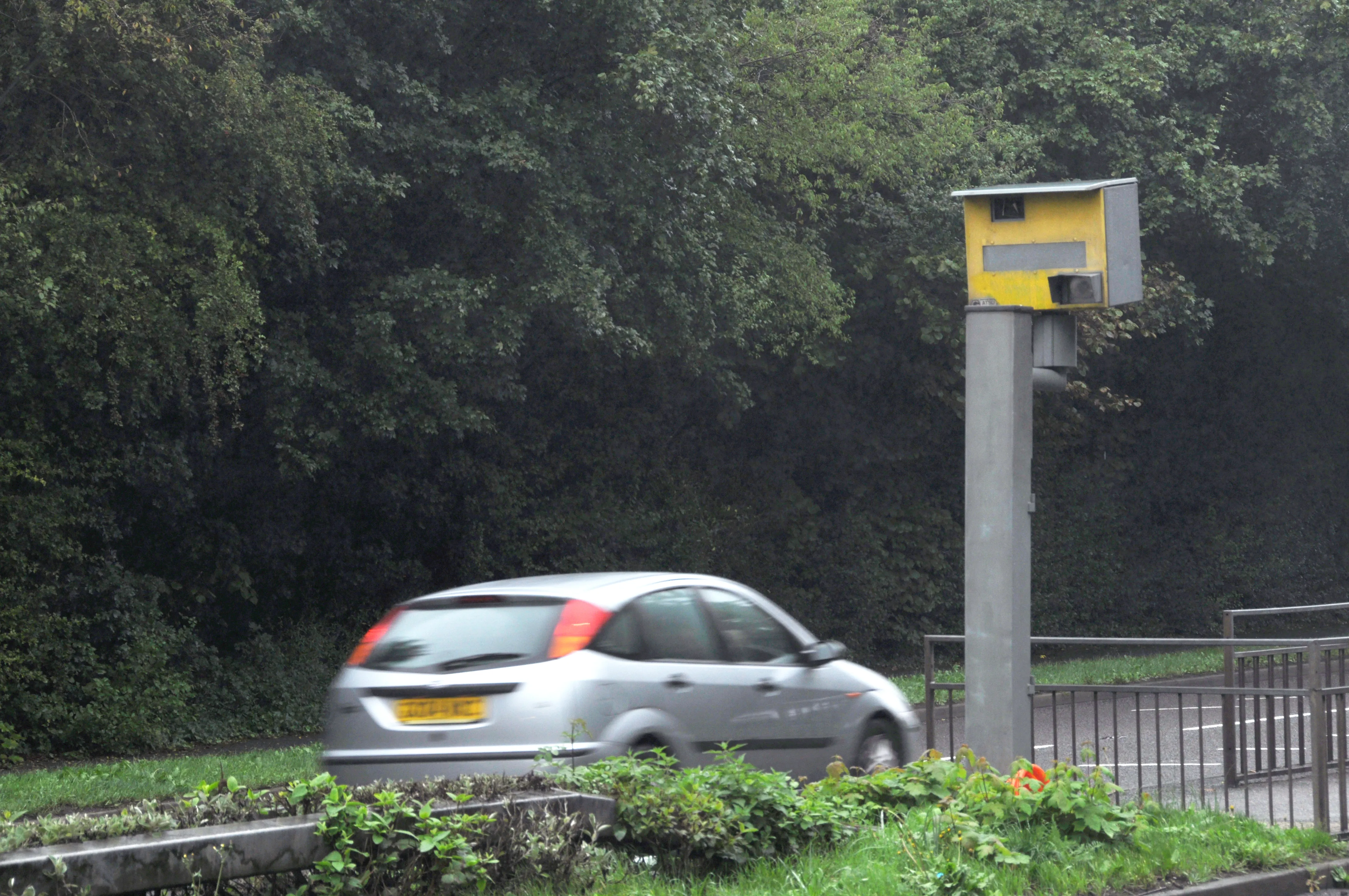HTS now offers a sophisticated vehicle identity recognition (VIR) package, which offers key benefits over basic LPR technology. The VIR patentpending technology provides a comprehensive profile of each car including make, model, colour, country or state name and special plate icons.
February 14, 2012
Read time: 2 mins

HTS now offers a sophisticated vehicle identity recognition (VIR) package, which offers key benefits over basic LPR technology. The VIR patent-pending technology provides a comprehensive profile of each car including make, model, colour, country or state name and special plate icons.
"Detecting any discrepancy between the vehicle type and its license plate number, VIR increases the efficiency of toll road operators," said Meta Rotenberg, vice president of business development atThe system makes comparisons between vehicle parameters, providing a more complete picture with higher accuracy. The recognition capabilities for identifying vehicles can improve verification and classification. This helps check between the car type, license plate number, and data stored on official databases and the system can provide an alert when a suspicious vehicle passes through the system.
Next generation LPR is a key to increase accuracy and income for toll road operators, as accuracy in billing is paramount.
"Even though today's LPR systems can almost perfectly identify a car's license plate as genuine and original, the system cannot indicate any discrepancy between the license plate and the car the plate is on. The suite increases the efficiency of toll road operators, who can bill for road usage more effectively. Since accuracy in billing is paramount, the automatic cross checking of vehicle parameters can prevent billing the wrong person, and enhance accurate identification and billing," she said.
VIR is a valuable contribution to law enforcement and homeland security organisations, helping them to detect vehicles with false license plates, such as stolen cars, people who are trying to evade highway speed cameras or toll collection, people who replace their license plate with a stolen one to steal fuel.
"We had to meet many challenges developing VIR's special algorithms at HTS' R&D department," said Rotenberg. "For example, vehicle manufacturer logos vary in size, shape and colour and unlike license plates, car logos can be located in different places on the vehicle, or even separated from the car body and placed on the hood." This patent pending technology incorporates video analytics, advanced image processing and computer vision capabilities.









